Traveling by air has become both a necessity and an art form, with savvy flyers constantly seeking ways to outsmart airlines’ fees, policies, and fine print. Beneath the glossy surfaces of loyalty programs and special offers lies a world of clever strategies that can save significant money, time, and hassle. From hidden ticketing secrets to ways of unlocking better seats, here’s a list of powerful travel hacks airlines would rather you didn’t discover.
1. Hidden City Ticketing: The Secret Route to Cheap Flights
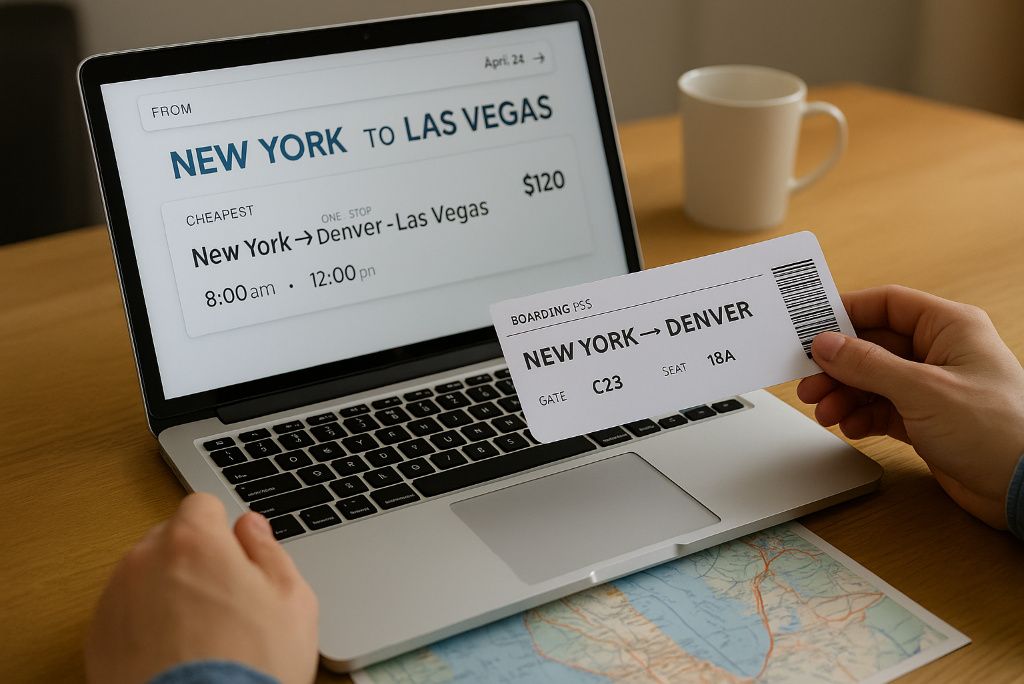
Hidden City ticketing is a controversial hack where you book a flight with a layover in your actual destination and skip the final leg. For instance, if flying from New York to Denver is expensive, but a flight from New York to Las Vegas with a Denver stopover is cheaper, you book the latter and simply exit the airport in Denver.
However, this tactic comes with risks. Airlines often prohibit this practice in their terms of service, meaning frequent violators could lose loyalty points or face cancellations. It’s also unsuitable for checked baggage, which travels to the final ticketed destination. Tools like Skiplagged have popularized this method, though they’ve faced lawsuits from airlines who claim it disrupts pricing models. For a deeper dive into how this works—and its legal grey areas—read this CNN Travel piece on Skiplagged and hidden city ticketing.
While not without pitfalls, hidden city ticketing can yield significant savings for travelers willing to tread carefully.
2. Book Flights Midweek for Better Prices
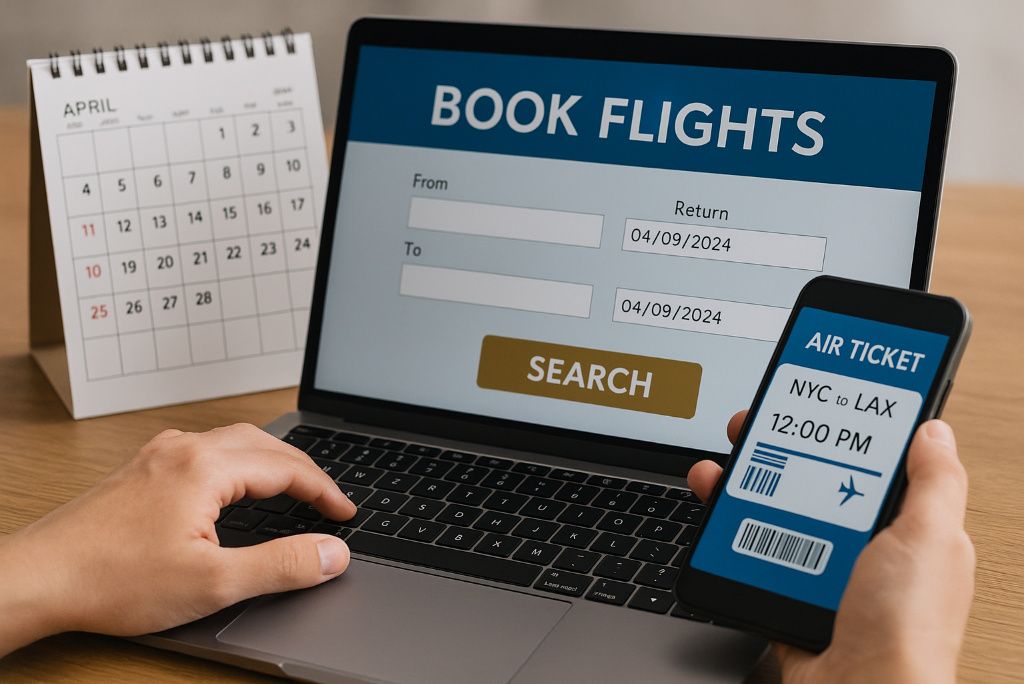
A longstanding travel rumor suggests booking flights on Tuesdays or Wednesdays yields lower fares—and there’s evidence behind it. Airlines often release fare changes early in the week, sparking competitive price drops by midweek. Analysis from the Airlines Reporting Corporation found that purchasing tickets on Wednesdays can save travelers around 5-10% compared to weekend bookings.
Moreover, flying midweek is typically cheaper than weekend travel due to lower demand. Business travelers often depart on Sunday evenings or Monday mornings and return on Fridays, driving prices up. Leisure travelers flock to weekends, compounding the problem. For a thorough look at flight pricing patterns, check out this Forbes article on the best days to buy airline tickets.
While savings aren’t guaranteed every time, consistently checking midweek can increase your chances of snagging a deal.
3. Use a VPN to Score Cheaper Fares
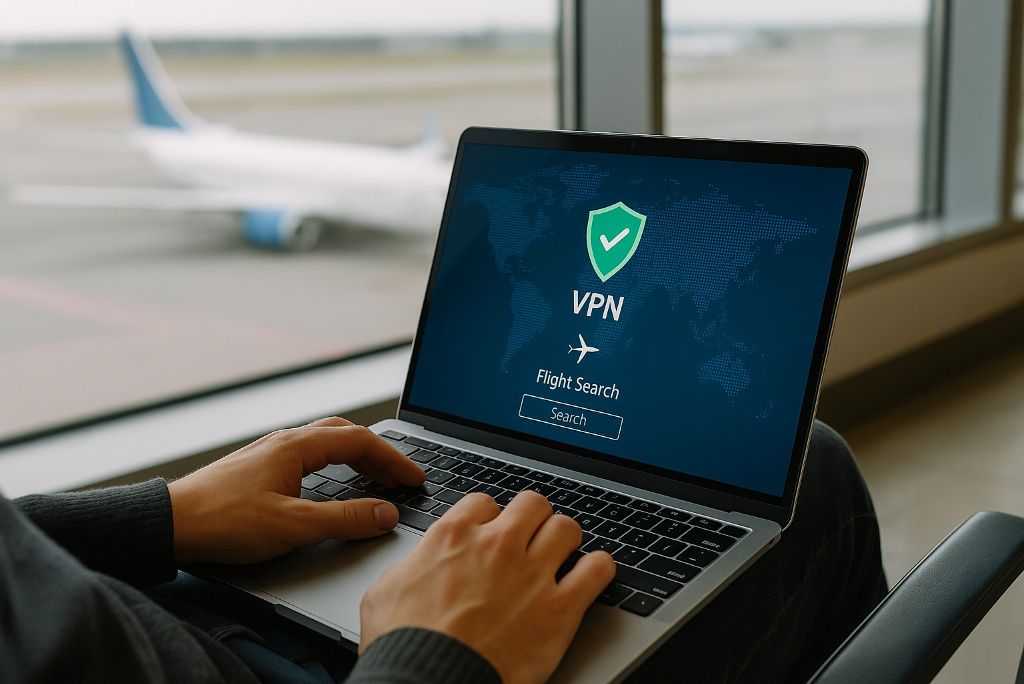
Many travelers are unaware that airlines and booking platforms sometimes adjust prices based on their browsing location or IP address. By changing your virtual location with a VPN (Virtual Private Network), you can compare prices from different countries and potentially unlock cheaper fares.
For instance, a flight departing from New York might cost $800 when booked from a U.S. IP, but only $650 when accessed via a server in Mexico. This price variation is due to regional pricing strategies or currency differences. However, always check if a foreign booking might cause issues with payment methods, and be mindful of terms like ticket validity or refunds.
A great explainer on this tactic is available from Travel + Leisure on how to use VPNs for flight deals.
4. Don’t Search Flights Too Often—Clear Your Cookies
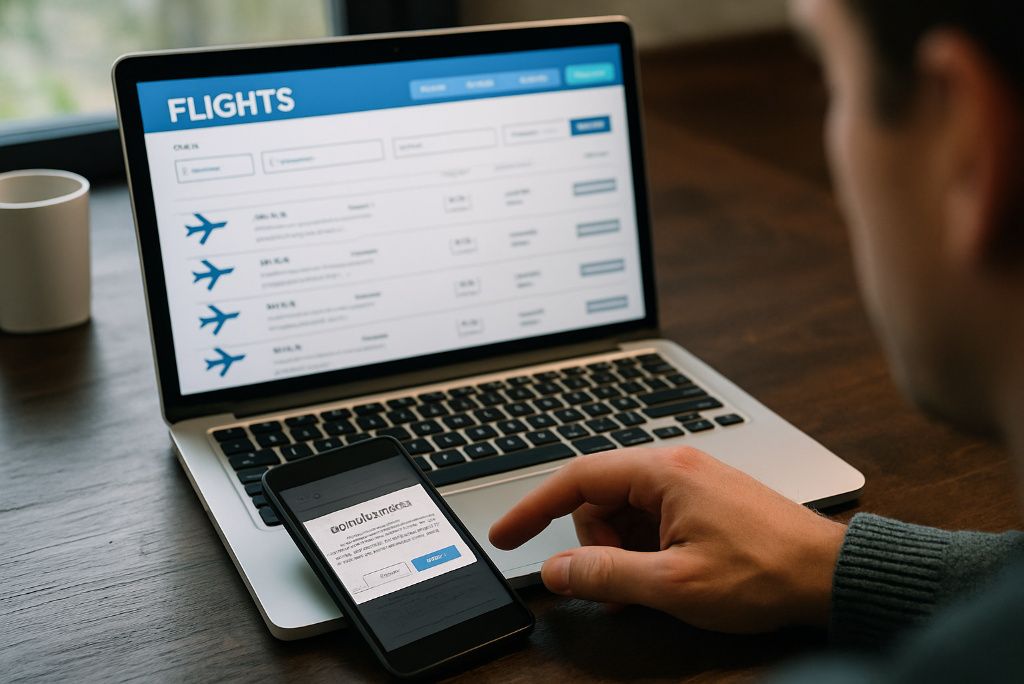
Airlines and booking sites often use dynamic pricing, where fares rise the more you search for the same route. This tactic capitalizes on urgency, making you fear prices will keep climbing if you don’t book quickly.
To avoid this, clear your browser cookies or search in incognito mode. This resets your browsing history and can help ensure you see the lowest base fares rather than inflated ones tailored to your repeated searches.
Several travel analysts have verified this practice, although some airlines deny manipulating fares based on cookies. A Business Insider investigation discusses whether airlines really track your searches.
Clearing cookies isn’t foolproof, but it remains a low-effort way to sidestep potential price hikes.
5. Take Advantage of the 24-hour Cancellation Rule
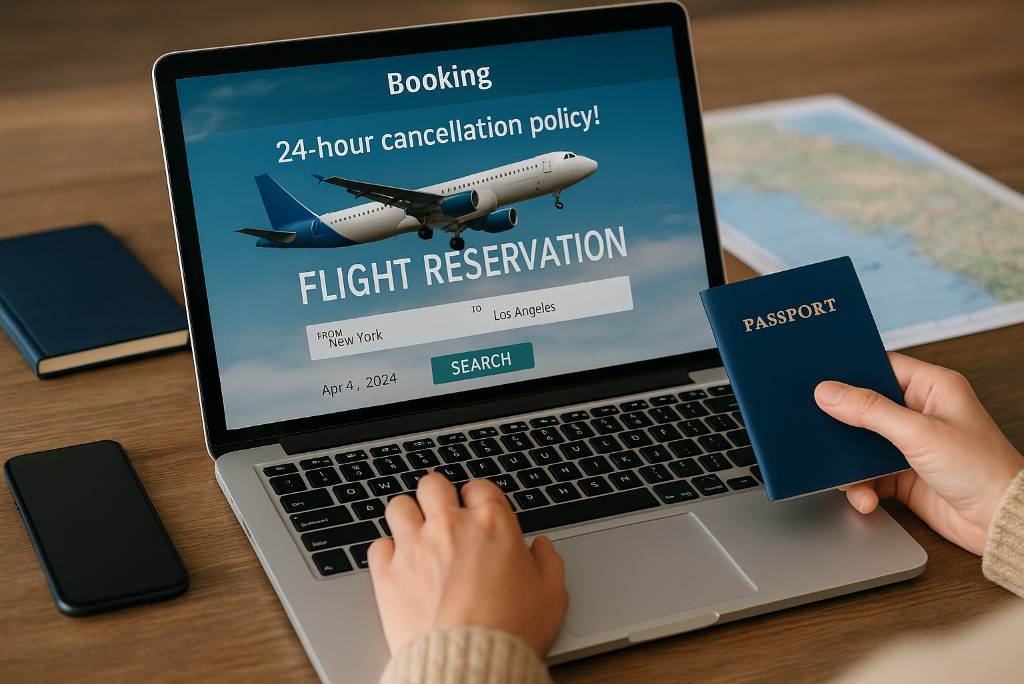
U.S. Department of Transportation regulations require airlines to allow passengers to cancel or change tickets within 24 hours of booking if the flight is booked at least seven days before departure. This hack lets you lock in a fare, and then keep shopping around without fear of losing out.
This is especially useful during fare wars or flash sales when prices might drop further after you’ve booked. Just ensure you cancel or adjust your ticket within the time limit.
Airlines often bury this rule in fine print, so review each carrier’s specific policy. You can read more from the U.S. Department of Transportation’s official guidance.
6. Leverage Positioning Flights for Huge Savings
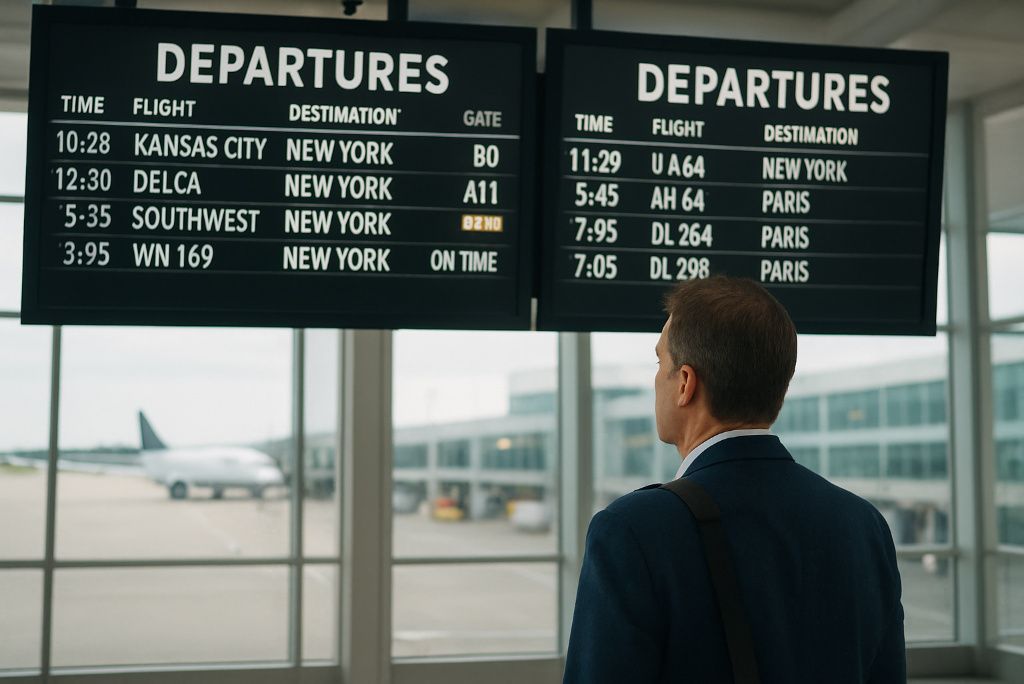
Sometimes, the cheapest long-haul fares depart from major hubs far from your home city. A “positioning flight” is a separate, usually low-cost, domestic or regional flight you book to get to that cheaper international departure point.
For example, rather than flying directly from Kansas City to Paris, you might score a dramatically lower fare by booking Kansas City to New York on one ticket, then New York to Paris separately. Budget airlines like Southwest, JetBlue, or Ryanair are often useful for these hops.
However, the risk is on you: if your positioning flight is delayed, the airline for your international leg isn’t obligated to help. Always leave plenty of buffer time, preferably overnight. The Points Guy explains how positioning flights can save you money.
7. Buy Miles Strategically During Promotions
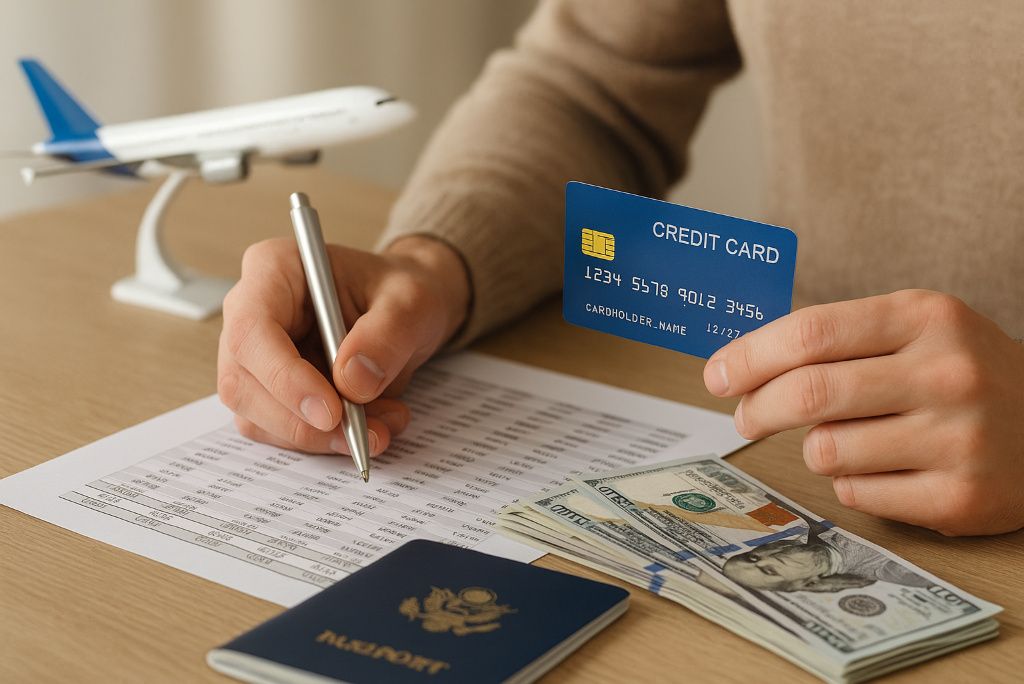
Airlines regularly sell loyalty miles, sometimes at bonuses of 50-100%. Buying miles during these promotions can be cheaper than paying for a cash ticket, especially for expensive business or first-class fares.
For instance, purchasing miles from American Airlines during a 50% bonus sale could allow you to book a $3,000 business-class seat for the equivalent of $1,500 in purchased miles. However, buying miles rarely makes sense for economy tickets, and it’s crucial to ensure award space is available before buying.
Loyalty programs can devalue without notice, so use purchased miles quickly. CNBC’s guide to when it makes sense to buy airline miles is a valuable read before diving in.
8. Take Advantage of Free Stopovers
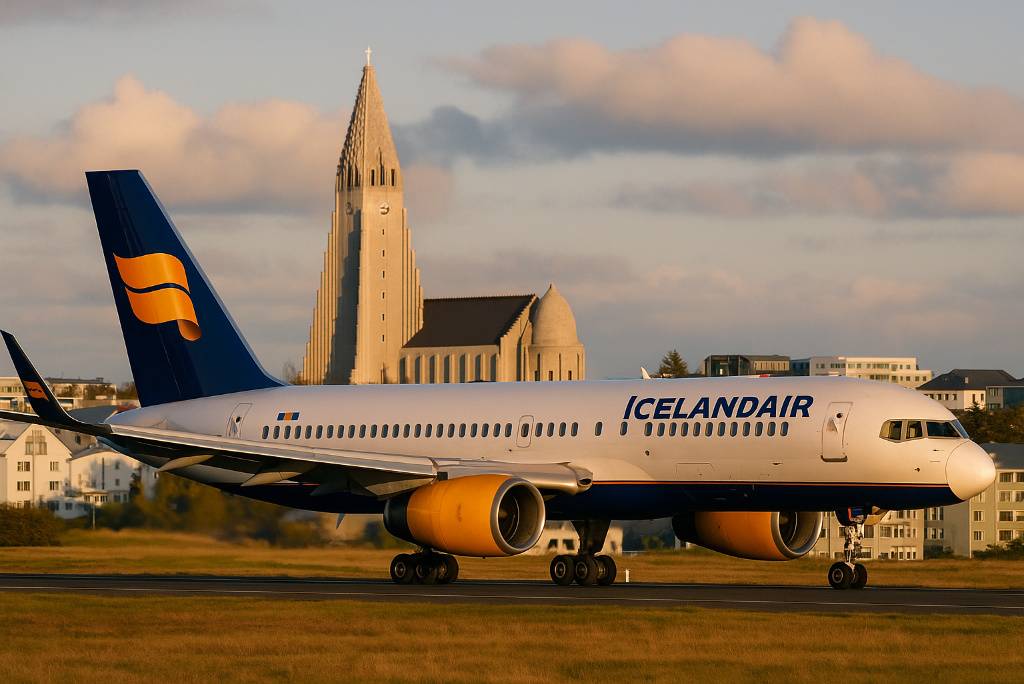
Some airlines offer free stopover programs that let you stay in their hub city for a few days without extra airfare. Icelandair, for example, allows stopovers in Reykjavik, while Emirates offers Dubai stopovers. This hack turns one trip into two destinations for nearly the same price.
Beyond a cultural bonus, this strategy can help combat jet lag by splitting long-haul flights. However, remember that stopovers may incur additional hotel costs, and not all fares qualify.
To learn which airlines offer stopover perks, check out Travel + Leisure’s guide to airline stopover programs.
9. Know the Power of “Throwaway” Tickets for Baggage Fees
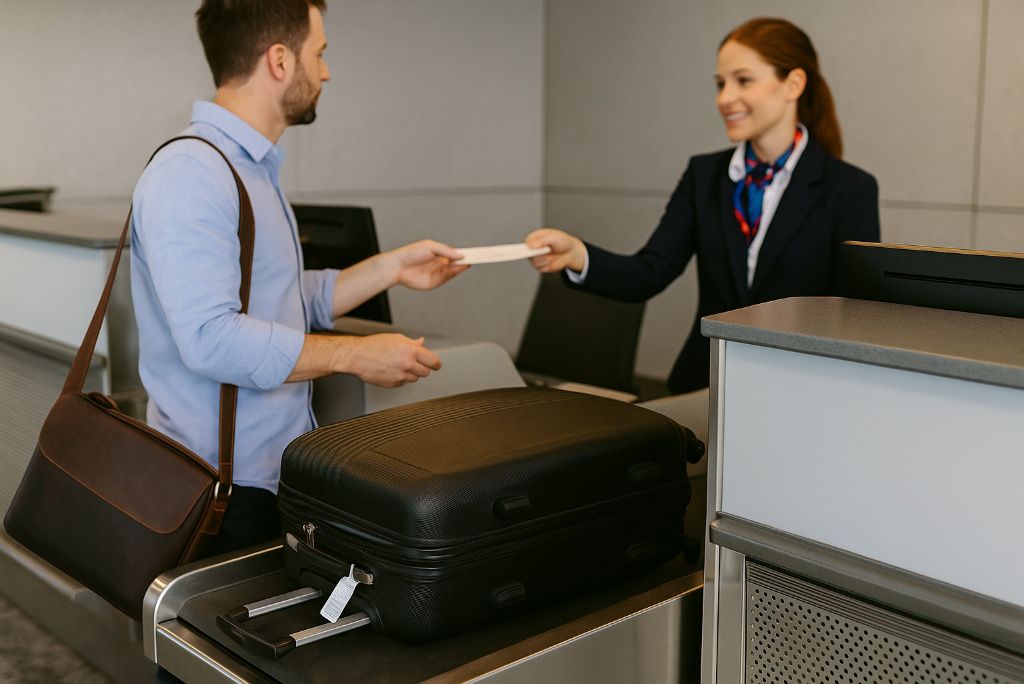
Baggage fees can add up quickly, but some travelers use “throwaway” tickets as a workaround. For instance, on certain airlines, buying a fully refundable ticket in a higher class can include free checked bags. Once your real flight is secured and your bags checked, you can cancel the refundable ticket afterward.
This hack is risky, possibly unethical, and might violate airline rules. Refund processing times vary, so you could be left with significant charges temporarily on your credit card. For an ethical alternative, look into premium travel credit cards offering free checked bags. NerdWallet provides a rundown of credit cards with baggage perks.
10. Sign Up for Fare Alerts from Multiple Sources
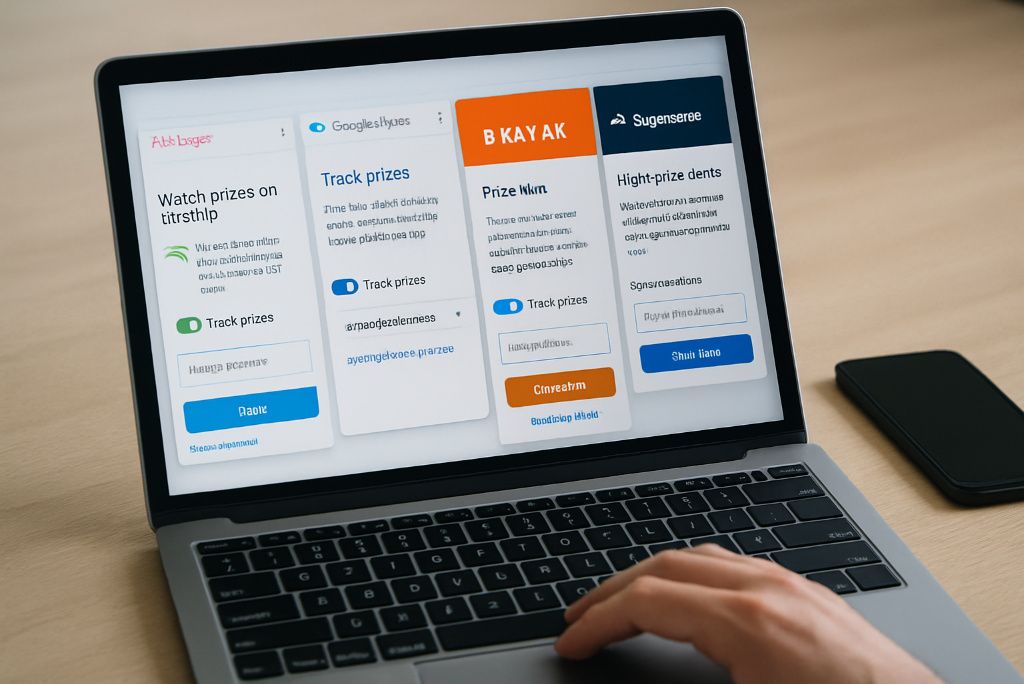
Instead of manually scouring websites, sign up for fare alerts from services like Google Flights, Kayak, Hopper, and Skyscanner. These tools track price fluctuations and send notifications when fares drop, helping you book at the optimal moment.
Each platform has unique strengths. For example, Hopper predicts future prices with machine learning, while Google Flights offers flexible date searching. Using several simultaneously gives a broader picture of pricing trends.
A thorough look at how fare alerts work is in this Travel + Leisure guide.
11. Split Your Booking for Lower Fares
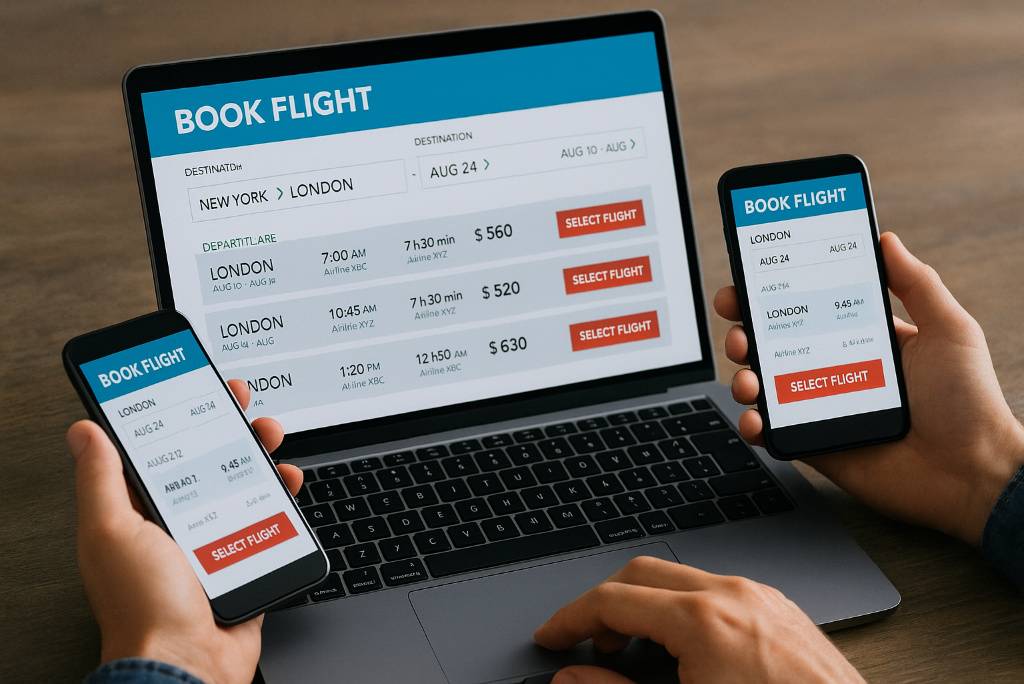
Sometimes booking two one-way tickets instead of a round-trip can save hundreds of dollars, especially when mixing airlines. For instance, flying out on Delta and returning on United may be cheaper than a single round-trip fare with one carrier.
This is particularly true on international routes where alliances and codeshare partners compete aggressively. Just beware of separate booking risks: if your outbound airline cancels, the inbound ticket remains your responsibility.
Condé Nast Traveler explains why split tickets often yield lower fares.
12. Be Strategic About Seat Selection

Many travelers assume better seats cost more, but that’s not always true. Seats closer to the front, exit rows, or bulkheads can sometimes be unlocked for free at online check-in or by asking gate agents politely. On lightly booked flights, airlines often release premium seats at no extra cost just before departure.
Tools like SeatGuru help identify which seats have extra legroom or limited recline. For a great read on maximizing seat comfort, explore this SeatGuru guide.
13. Use Credit Card Travel Portals for Exclusive Deals

Major banks like Chase, American Express, and Citi offer travel portals where points can be redeemed for flights. Sometimes these portals offer exclusive flight deals unavailable elsewhere, or higher value per point compared to transferring miles to airline partners.
However, flights booked via portals can sometimes have restrictions on upgrades or changes, so weigh flexibility against savings. Bankrate provides an excellent overview of how credit card portals work.
14. Check Local Airlines Not Listed on Major Search Engines
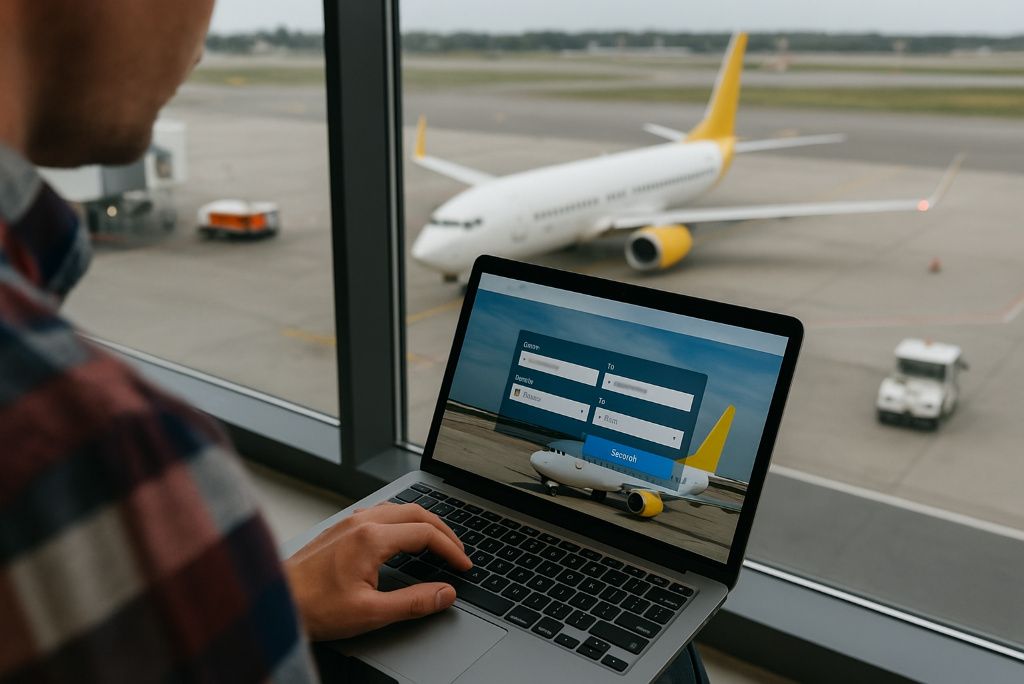
Some regional airlines don’t appear on global search engines like Expedia or Kayak. In Asia, for example, smaller carriers such as Nok Air or Lion Air might offer rock-bottom prices but only list fares on their own websites.
If your destination is off the beaten path, research local carriers separately. The Points Guy explains why local carriers often remain hidden from major search engines.
15. Be Flexible with Dates and Airports

The single most powerful hack remains flexibility. A day or two’s shift in dates, or using a nearby airport, can drop your fare significantly. Tools like Google Flights allow you to see how prices vary across dates and airports. For instance, flying out of Newark instead of JFK could save hundreds on certain international routes.
Flexibility doesn’t just save money—it can reduce travel stress by avoiding peak crowds. Check out CNBC’s guide to flying flexibly
Disclaimer: This article provides general information for travel enthusiasts. Practices like hidden city ticketing or throwaway tickets may violate airline rules or terms of service, potentially leading to penalties. Always confirm airline policies before using these strategies. None of this content constitutes legal or financial advice.

